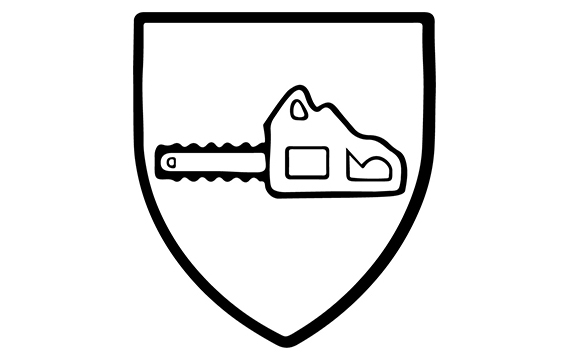EN 381 Protection against hand-held chainsaws
The European standard EN381 defines the protective clothing for chain saw users. This standard is divided into different parts (or designs). Each part affects a specific part of the body:
EN 381-5 — Requirements for leg protection
EN 381-11 — Requirements for the upper part of the body
EN 381-7 — Requirements for protective gloves for chainsaw users r
EN 381-9 — Requirements for protective shoes for chainsaw users
The standards are divided into 5 classes that reflect the speed of the chain.
>> Class 0 = 16m/s chain speed
>> Class 1 = 20m/s chain speed
>> Class 2 = 24m/s chain speed
>> Class 3 = 28m/s chain speed
>> Class 4 = 32m/s chain speed
Not all classes are in according to the relevant test standards.
The pictograms are attached to the protective clothing which help you to identify the corresponding class of protection level. The higher the value, the higher the level of protection.
EN 381-5: Leg protection
EN 381-7: Protective gloves
Form (Type) A
Form (Type) B
Form (Type) C
Form (Design) A
Form (Design) B
EN 381-11: Protection for the upper body
EN 381-9: Protective shoes
Standard
Standard + abdomen protection
Protective jackets for chainsaw users according to standard EN 381-11 + additional complete protection of the front. You need cut protection jackets with this protection, for example, for use on service platforms (lifting platforms) and for using chainsaws in dangerous working conditions. The concept is basically the same as the standard jacket, but it has additional protection of the abdominal area.
 Deutsch
Deutsch
 English
English
 Suomi
Suomi
 France
France
 Ungarisch
Ungarisch
 Niederländisch
Niederländisch
 Italienisch
Italienisch


